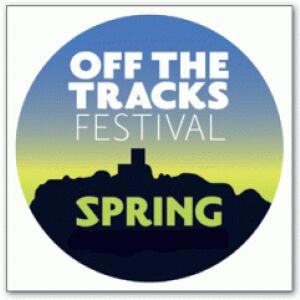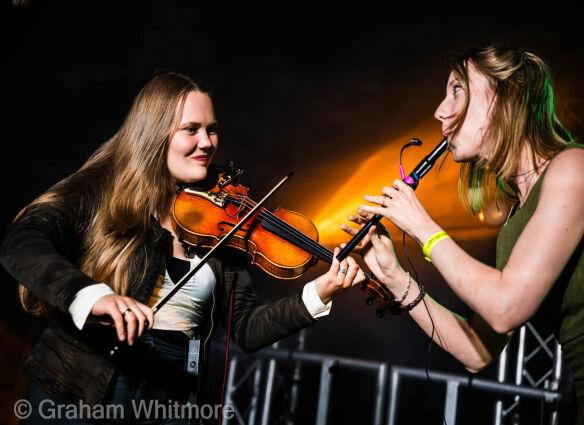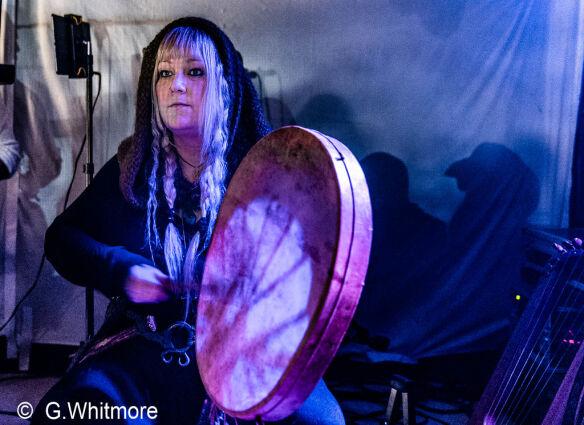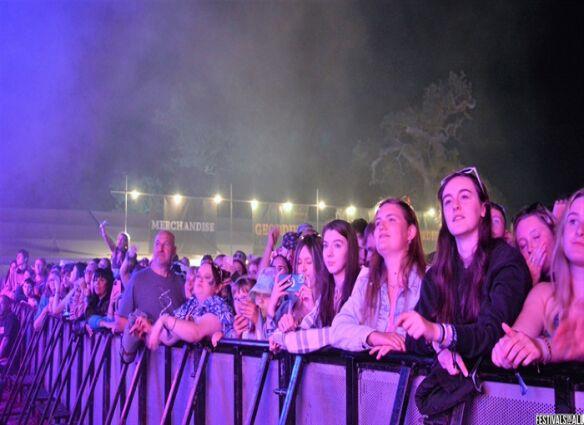Social Links
| Off The Tracks Summer Festival 2014 | ||
|
28th - 30th Aug 2014 Donington Park Farmhouse, Melbourne Road, Castle Donington, Derbyshire, DE74 2RN, United Kingdom |
Tickets for adults (with camping) from £70.00 |
|
The wonderful twice yearly Off the Tracks festival announces their Green Policy and a Site of Special Scientific Interest News…
Off the Tracks site at Donington Park Farmhouse – Green Policy
• We are environmentally-conscious in all that we do and committed to enhancing our green credentials and sustainability
• As a family-owned business we believe that businesses bring more to communities when they have family values at heart and embrace responsibility for their employees
• As both a farm and a venue, we take a unique holistic approach to the growth, preparation and serving of our food and believe in sustaining high standards of quality throughout
• Where we are unable to grow what we need ourselves we try hard to source it locally and from other family-owned businesses
• We are committed to responsible stewardship of the countryside and wildlife that surrounds us and strive to act always with nature in mind
Site of Special Scientific Interest (SSSI)
Stunning historic location
Wild deer have been kept at Donington Park for almost a thousand years, over which time it has built up a rich history and tradition. Today it works as part of the Park Farmhouse estate, allowing us to serve our own venison on all our menus, all year around.
We’re committed to conserving the natural habitats of the park; a heritage which includes not only the deer but also very rare species of insect life which live in the park’s ancient Oak trees, a collection worthy of protection in their own right. We work with Natural England in the preservation of the insect and tree species and are advised by the British Deer Society on the conservation of the red and fallow deer herds.
History of Park Farm
The road outside the Farmhouse was called The Redway, and the house was built as Redway House in the early 1600s. In about 1720 the brick Barn buildings were all added as a model farm, as was the fashion in the early part of the Agricultural revolution. It formed part of the Donington Estate, owned by the Hastings family, who lived at Ashby de la Zouch Castle until the civil war and then moved to Donington Hall thereafter. Donington was extensively rebuilt by the Marquis of Hastings, the first Governor General of India, in the 1790s, and at that time Wilson Lodge was altered and “Gothicised” to match the other two entrance Lodges to the park and the Hall itself.
Wilson Lodge (the part of the Hotel behind the stone wall) was a gated entrance. A bell pull was installed at the top of Walton Hill, and the gatekeeper had just enough time to pull his boots on and open the gates before a carriage approached, on its way to the Hall. The Army built a new road to by-pass the Lodge during the second world war, and this is now the Caravan Site entrance. In 1988 the Lodge was rebuilt entirely and also joined on to the Hotel by the current owners. The front stone wall was also straightened so that the Lodge could no longer serve as a point of entrance.
The Threshing Barn is entirely original, except for its doors. Those at the front have been shortened, and the rear doors have been replaced with an alcove. In the 18th century it was used as a place to preach to the local farm workers by John Wesley, who, with his brother Charles, was sponsored by Lady Selena Hastings. She also used oak from Donington to build chapels in Spa towns and other fashionable centres in the somewhat flawed idea of trying to convert the wealthy to Methodism.
The farm was purchased by the Shields family in 1926, and many of the barns were converted into pig stys. An army building was added during the second world war, and this is now used for Wedding Breakfasts. The first wedding party was held in 1985, and in 1986 the Farmhouse was converted to a four bedroom Guesthouse. The Hotel has continued to develop ever since that date, with alterations being carried out over each winter period.
More Details: OTT Spring - OTT Summer.







